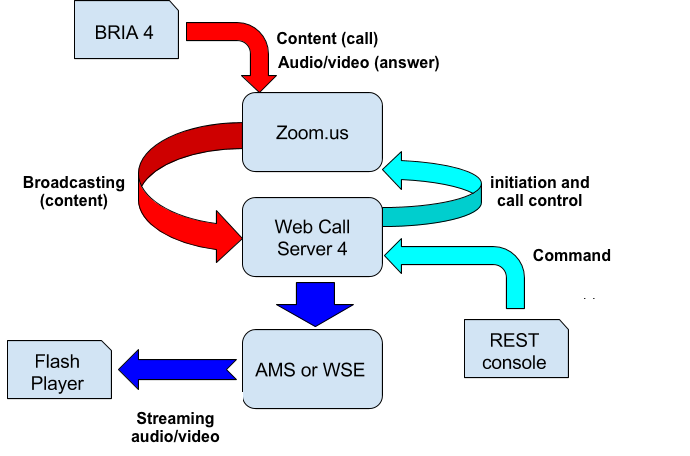
These unknowns will affect your timeline too. Why? Because even with a clear vision of where you’re heading, it’s practically impossible to anticipate the humps and bumps you’ll encounter on the way. And more often not, custom designs go over budget – a lot over budget. Just like the mechanical and electrical parts in your phone, building a virtual conferencing capability from scratch is bound to be costly. And now that the secret’s out, it’s plain to see there’s a lot more we can do with it. The pandemic just made it blatantly obvious. It’s indifferent to geography, obliterates time constraints, and knows no limitations of reach and scope. In the end, video conferencing is an effective means to communicate with others. Too much time and hassle were saved meeting with people virtually. Too many businesses now know how many people they can contact without compromising their service. Too m any employees have discovered the perks of work from home. It’s here to stay, e ven w hen we finally get back to meet ing in person like we used to, and social interactions are a daily thing again. To be clear, t he popularity of vide o conferencing is no longer tied up to Covid-19. To boot, users are hungry for products fully equipped with real-time video, eliminating the need to jump between apps when and where they need to make a video call. Nonetheless, the market is ripe for more video solutions tailored for specific use s. The need for conference calls and virtual platforms has shot up during the pandemic, and Zoom quickly became the go-to solution for many. However, s hared w hiteboards, breakout rooms, analytics, room controls, and on-screen interactions like surveys and quizzes are steadily becoming the new standard users expect. You’ve probably had enough video calls on a few different platforms in the past year to know that textual c hat and screen share are now pretty ubiquitous. The video chat feature is primary and fundamental to it but is not the only one making up the video conferencing experience. I f healthcare is your focus, perhaps you’d like to give medical staff a way to meet with patients intimately and discreetly – albeit remotely.

If it’s a learning management system you’re building, you could use it to set up a live virtual classroom option. If you have a social network, you might be looking to make video calls available for your users.

All they see is a much-needed feature.Ī video conferencing API gives you the option to add real-time video to any app natively.

The entire process is instant and completely invisible, as far as the user can tell. Th is request generates a response sent back to the host’s user. Once there’s a pertinent request from the host (or its end-user, to be exact), the API calls on the third-party app (i.e., its server). An easy way to describe it is like a phone line between two applications – the host’s and the provider’s – allowing them to communicate. Under the hood, APIs work differently than their physical counterparts. Now, others can take advantage of it and stick to their roadmap. Someone else has already spent years building and perfecting it. Simply put, an API is a n efficient way to integrate technologies into a product with out all the development involved.

#Zoom video conferencing api software#
API s – Application Programming Interfaces – are unique pieces of code that neatly fit into other software and, with that, introduce a new subset of options and features. The software world has its OEM equivalent too. Sometimes – as in the case of ‘Intel Inside’ – they serve as a stamp of approval and become something to boast. Often, these bits and pieces are purely white-label, unseen by the end-user. So, r ather than each company making its own hardware, with apparent effects on development and manufacture times, niche players specializing in one or more particular parts and technologies make them for everyone else. Even those considered low-tech would still require a dedicated R&D operation and a separate assembly line. Just think of the know-how and resources that go into each component. The same goes for y our other electrical appliances and gadgets. As you probably already know or guessed, that’s just as true for top-of-the- line phones and well-known tech companies as it is for the low-cost and less-sophisticated ones. Your phone’s supply chain comprises many third-party original equipment manufacturers ( OEM ) in charge of making different parts and pieces, such as the casing, touc h screen, and other electronic s inside. Before we dive into video conferencing APIs, let’s acknowledge that w hatever name brand adorns your phone, it didn’t make every single component that went in it.


 0 kommentar(er)
0 kommentar(er)
